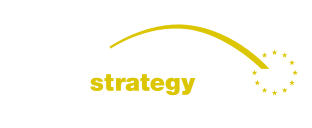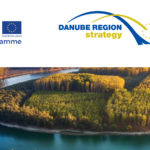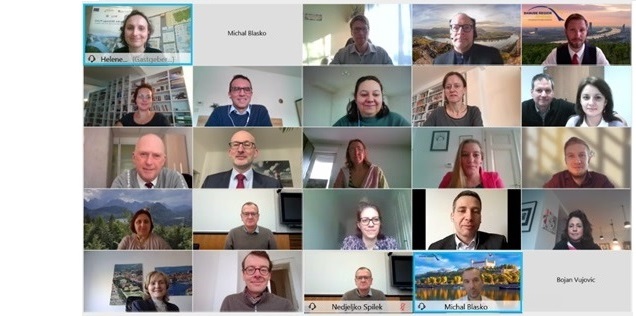Important steps forward regarding the finalisation of the partnership agreements between EC and EUSDR participating states related to the operational programmes to be implemented in the Danube Region
This is one of the main conclusions of the EUSDR National Coordinators’ meeting on January 13th, where representatives of EUSDR participating states gave an update on the respective status of national programming processes in view of the upcoming EU programming period 2021-2027.
The 14 EUSDR participating states are in different phases of the programming process – while some states already finalised their first draft of the partnership agreement including the operational programmes, others still have the opportunity to align their partnership agreements including the operational programmes with EUSDR key priorities as defined in the EUSDR Embedding Tool. In many EUSDR participating states tight coordination with the programming of cross-border cooperation (CBC) programmes has been taking place, too.
The European Commission / DG REGIO expressed its continued strong support for embedding macro-regional strategies in mainstream (IJG/ERDF) programmes and shared further information about the ongoing coordination within DG REGIO, screening the submitted programme drafts by the different EU member states. The Danube Strategy Point presented a concept for monitoring the embedding process in order to depict how EU funds and funding programmes contribute to the development and implementation of EUSDR strategic actions.
Furthermore, ESPON presented its upcoming project on the design of territorial scenarios for the Danube and the Adriatic-Ionian Regions, with the time frame for the scenarios being 2050. The scenarios will be based on demographic trends and GDP with a focus on digitalisation, migration and demographic change as well as climate change and sustainable development. To this end, a Steering Committee will be established to which EUSDR National Coordinators are invited. The Danube Strategy Point will facilitate the coordination of the process.
Further points on the agenda included first discussions on the idea to update the EUSDR Priority Area’s roadmaps (including the definition of targets and milestones) in order to support a coherent monitoring of all EUSDR Priority Areas. Finally, the Danube Transnational Programmes presented its timeline for the finalisation of the programming process in 2021 and 2022 and explained how it will support the Danube Region Strategy in the future.
All in all, the new year has a lot in store for the Danube Region and its stakeholders. Strong efforts are made to ease cooperation and bring the Danube Region forward!




